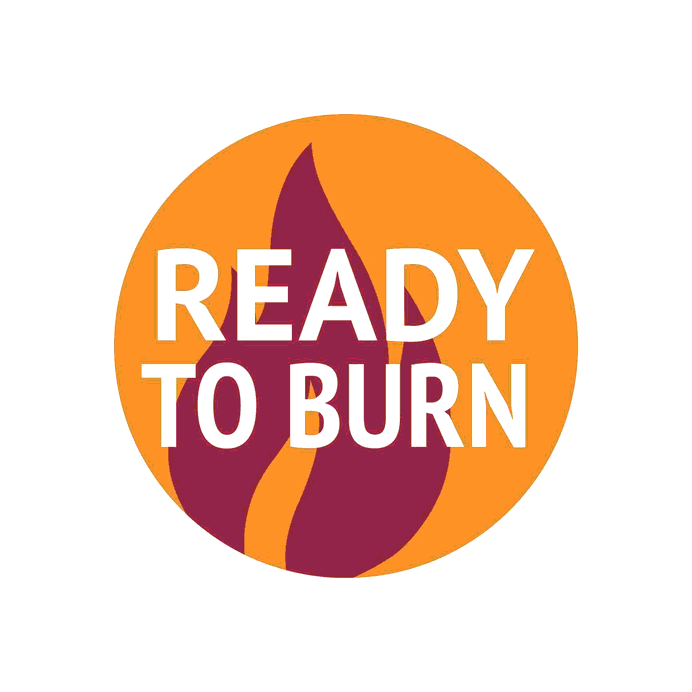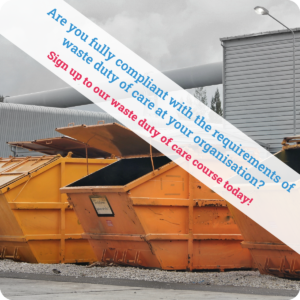Jurisdiction: England
Commencement: Regulations 5 and 11 – 7th October 2020. The rest of the Regulations come into force 1st May 2021
The supply of bituminous coal and wet wood as solid fuels for use in domestic premises is phased out. Smoke emission limits for manufactured solid fuels are introduced. There are duties for anyone supplying these fuels for use in domestic premises.
These Regulations restrict the supply of some solid fuels with the aim of improving air quality. In particular, they aim to reduce the PM2.5 emissions which are tiny particles in smoke that can cause long term health problems for humans. Domestic burning of wood and coal is a major source of these emissions, therefore the following steps are taken in this legislation:
- the supply of traditional house coal (bituminous coal) is phased out;
- the supply of wet wood in units up to 2 cubic metres is phased out;
- smoke emissions limits are introduced for manufactured solid fuels.
This only applies to fuel supplied for combustion in domestic premises.
Unless otherwise stated in the duties section, these Regulations apply from 1st May 2021.
At least one approved wood certification body will be appointed by the Secretary of State for this legislation. This body has not yet been appointed.
Wood certification bodies must test samples of wood they receive accompanying an application in line with standards ISO 18134-1 or ISO 18134-2, referred to in the firewood fuel specification BS EN ISO 17225-5.
Certificates should be issued where the test finds the wood’s moisture content is less than the prohibited level.
At least one approved manufactured solid fuel certification body will be appointed by the Secretary of State for this legislation. This body has not yet been appointed.
Manufactured solid fuel certification bodies must determine if the analyst met the required standards when determining if the fuel did not have any of the prohibited characteristics and if so, issue a certificate for the fuel.
The standards that must be used are:
- for sulphur content, BS1016 – 106.5: 1996 or ISO 157:1996; and
- for smoke emissions, BS3841.
Where the duties refer to the logo in Schedule 1, this is the ‘ready to burn’ logo as follows.

Supply of volumes less than 2 cubic metres
Anyone supplying wood in volumes of less than 2 cubic metres for combustion in a domestic premises must:
- only sell authorised wood*;
- ensure the wood is accompanied by the relevant information including:
- the name of the person who obtained the certificate from the approved wood certification body; and
- the number of the certificate issued by the approved wood certification body.
- ensure the wood is accompanied the ‘ready to burn’ logo in Schedule 1; and
- not supply any wood where, after a certificate has been issued under from the approved wood certification body, there is reason to believe the moisture content is at a prohibited level.
*Authorised wood is wood for which a certificate has been issued by an approved wood certification body.
Small foresters that only supply less than 600 cubic metres of wood in the one year period ending 30th April 2021 are not required to comply with this until 1st May 2022.
Obtaining certification
The first person in the chain of supply that intends to supply wood in volumes of less than 2 cubic metres for combustion in a domestic premises must apply for a certificate to an approved wood certification body. The application must include a sample of the wood.
The sample of wood must have the same characteristics as the unit of wood to which it relates.
Supply of volumes more than 2 cubic meters
Anyone supplying wood in volumes 2 cubic metres or more, comprising of one or more pieces of wood, for combustion in a domestic premises must ensure the wood is accompanied by a notice with the words in Schedule 2 as follows:
“This wood is not suitable for burning until it has been dried. You should not burn wood until it has a moisture content of 20% or less.
Wet wood contains moisture which creates smoke and harmful particulates when burnt. As well as being harmful to your health and the environment, this can damage your stove and chimney and is an inefficient way to heat your home. Dry it in a sunny, well-aired space for at least two years, keeping rain off in the winter.
Radial cracks and bark that comes off easily suggests wood that is ready for burning. Test the wood when you think it is ready for burning, ideally with a moisture meter. First calibrate the meter and then measure a freshly split surface to get the best reading.”
Manufactured solid fuel is a fuel manufactured from coal, wood, plant-derived materials, waxes or petroleum products with other ingredients, for the purposes of combustion in domestic premises.
Manufactured solid fuel must not be supplied unless it in on the authorised list. The Secretary of State is required to make this list but one is not yet available.
A supply of manufactured solid fuel must be accompanied by:
- the name of the person who obtained the certificate from the approved manufactured solid fuel certification body for the manufactured solid fuel in question;
- the number of the certificate provided by the approved manufactured solid fuel certification body; and
- the ‘ready to burn’ logo in Schedule 1.
Obtaining certification
Manufacturers of manufactured solid fuels that intend to supply such fuels in England must obtain a certificate from an approved manufactured solid fuel certification body. The application must be accompanied by analytical results showing that the fuel does not have the prohibited characteristics.
Prohibited characteristics are:
- a sulphur content of 2% or more calculated on an ash-free dry basis; and
- the emission of smoke at a rate of five grams or more an hour.
Smoke control areas
Manufactured solid fuels that are on the list of fuels allowed to be burned in smoke control areas under Part 3 of the Clean Air Act 1993 on 1st May 2021 will continue to be allowed for use as long as they remain on that list. Manufacturers of such fuels may use the logo the ‘ready to burn’ logo in Schedule 1 when supplying such fuels.
This section applies to bituminous coal, which is coal falling within CN code 2701 12 that is placed on the market for combustion in domestic premises. It does not apply to bituminous coal extracted in accordance with the Dean Forest (Mines) Act 1838 or the Dean Forest Act 1861.
Bituminous coal must not be sold regardles of being pre-packed or loose. An exemption is allowed for loose coal supplied directly to a consumer by a member of the Approved Coal Merchant Scheme until 30th April 2023.
These Regulations are enforced by local authorities. Noncompliance may lead to fines and prosecution.
The Legislation Update Service is the best way to stay up to date automatically with legislation in England, Wales, Scotland, Northern Ireland and the Republic of Ireland.
Sign up for your free trial to get instant access.
